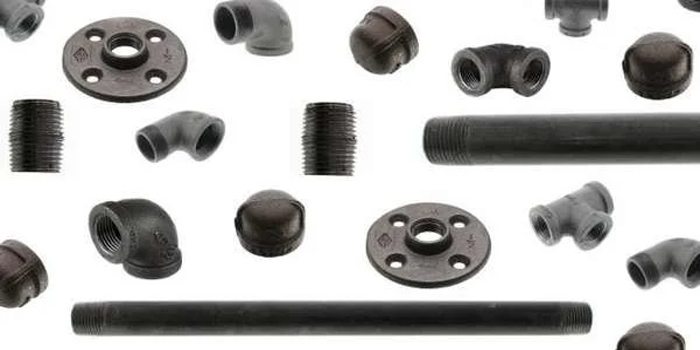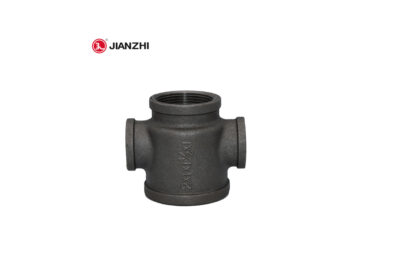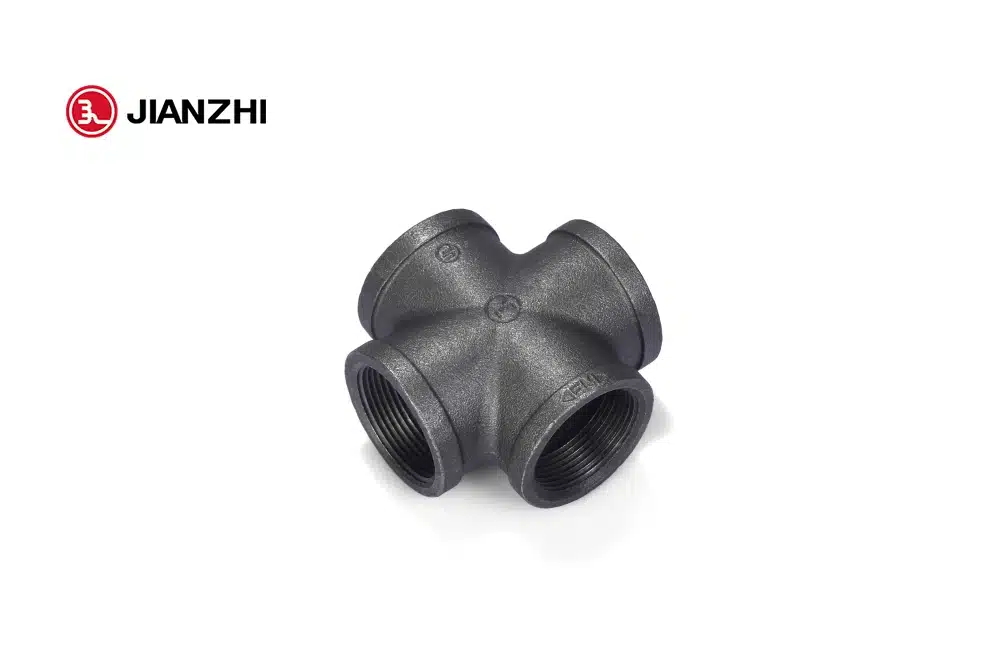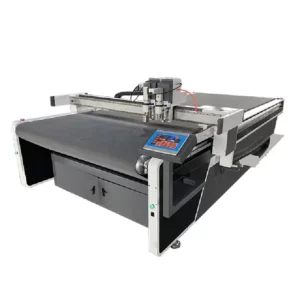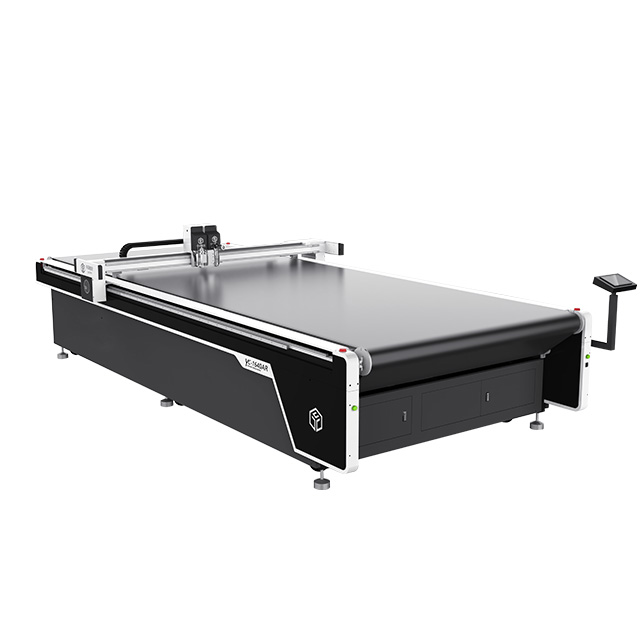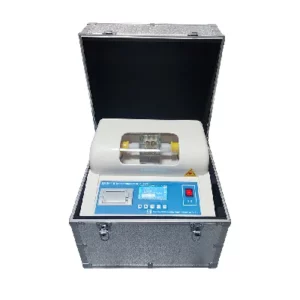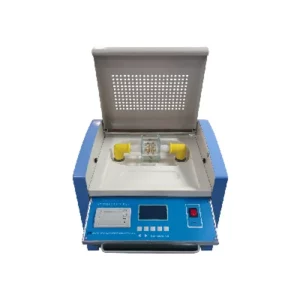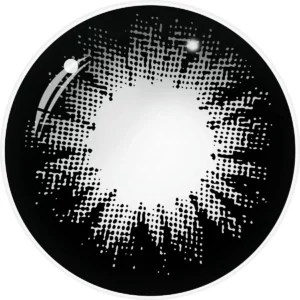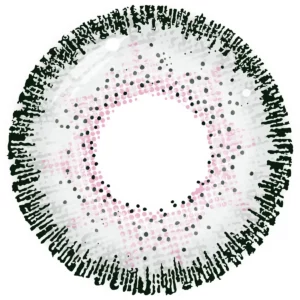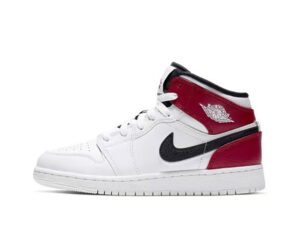The dimensional accuracy of 90-degree structural pipe connectors plays a crucial role in their performance in various applications.
Here’s how dimensional accuracy can impact their performance:
- Fit and Alignment: Accurate dimensions ensure that 90-degree structural pipe connectors fit properly onto the pipes they are intended to connect. Proper fit and alignment are essential for creating stable and secure joints, which are critical for structural integrity in plumbing, HVAC, and other piping systems.
- Leak Prevention: Dimensionally accurate connectors help prevent leaks by ensuring tight and secure connections between pipes. Proper fit minimizes the risk of gaps or spaces between the connector and the pipe, reducing the likelihood of leaks or seepage of fluids or gases.
- Load-Bearing Capacity: Dimensional accuracy directly affects the load-bearing capacity of 90-degree structural pipe connectors. Proper fit and alignment distribute loads evenly across the joint, preventing stress concentrations and potential failure points. Dimensionally inaccurate connectors may lead to uneven loading and structural instability, compromising the integrity of the piping system.
- Sealing Performance: Dimensional accuracy is crucial for sealing performance in pressurized systems. Well-fitted connectors help maintain the integrity of seals and gaskets, ensuring effective sealing against leaks or pressure loss. Dimensional inaccuracies can compromise sealing performance, leading to leaks or reduced system efficiency.
- Ease of Installation: Dimensionally accurate connectors facilitate smooth and straightforward installation, saving time and labor costs. Properly sized connectors fit easily onto pipes without the need for excessive force or adjustment, streamlining the installation process and reducing the risk of errors or damage during assembly.
- Compatibility: Dimensional accuracy ensures compatibility between connectors and pipes of the same nominal size and material. Properly sized connectors are interchangeable and compatible with standard pipes, fittings, and components, allowing for easy integration into existing piping systems and ensuring uniformity in construction and maintenance.
- Long-Term Performance: Dimensional accuracy contributes to the long-term performance and reliability of 90-degree structural pipe connectors. Well-fitted connectors provide durable and stable connections that withstand the rigors of operation, environmental conditions, and maintenance activities over time, ensuring continued performance and safety of the piping system.
In summary, the dimensional accuracy of 90-degree structural pipe connectors is critical for ensuring proper fit, alignment, sealing, load-bearing capacity, and long-term performance in various piping applications. Dimensional inaccuracies can compromise performance, reliability, and safety, highlighting the importance of precision manufacturing and quality control in connector production.
